New siding installation is one of those projects that is very necessary to keep your house looking spick and span. There are some significant reasons to bite the bullet and change siding beyond just appearance though. Replacing your siding is a great way to make your home more sustainable by reducing energy waste. Putting on some brand new siding can also hugely increase your home’s value. In some cases, you could stand to recoup as much as 80% of siding installation costs in added home value, which is great if you're preparing to sell your house.
Even if you don’t plan to sell your home, putting in new siding is a great way to make your home a better place to live. It gives you the chance to strip away your dreary old vinyl siding and get something pretty and new. There are few other ways to so completely change the aesthetics of your house for the better. Modernized exterior cladding also means less maintenance, since newer siding options require far less care than the siding materials of old.
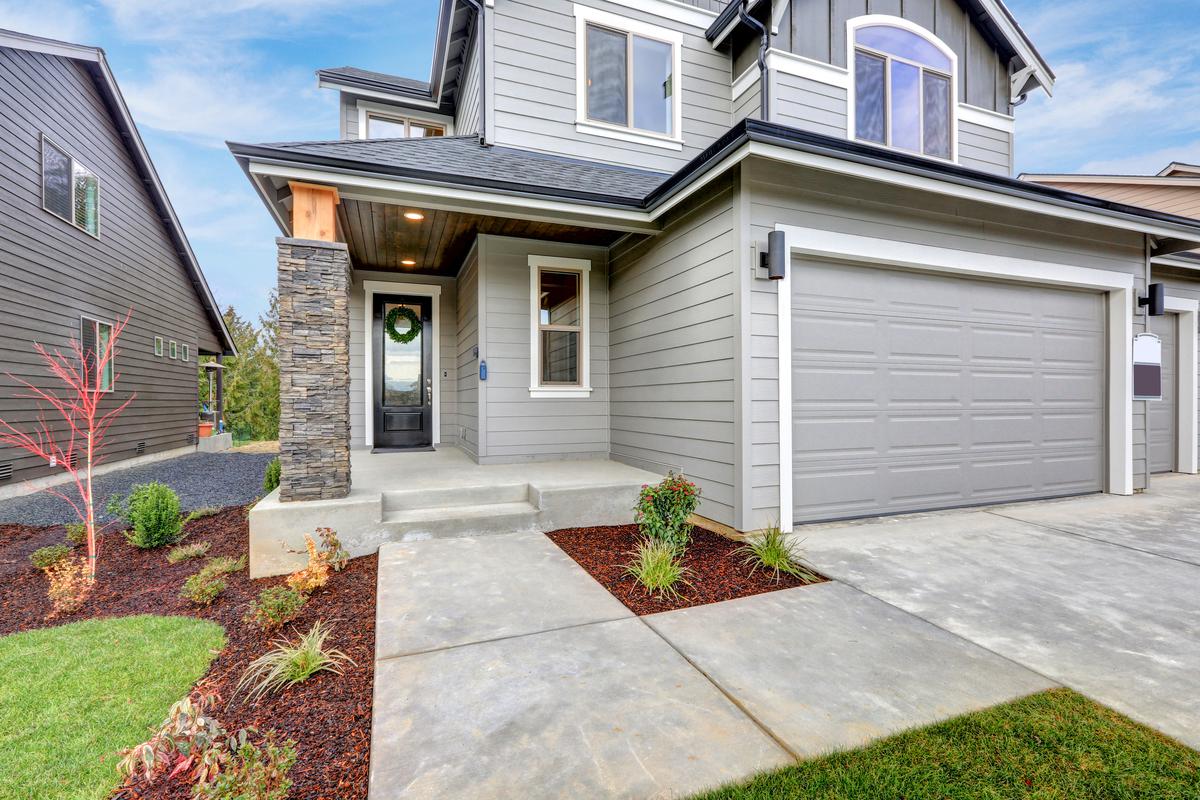
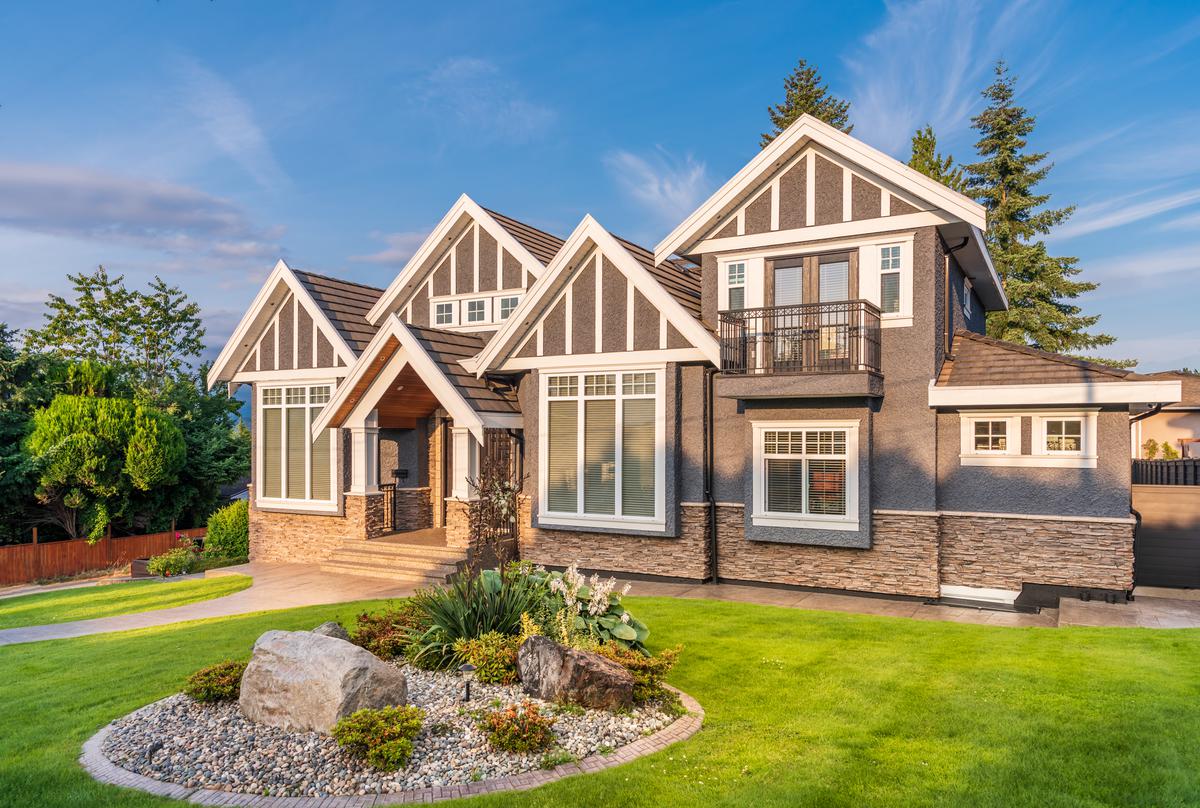
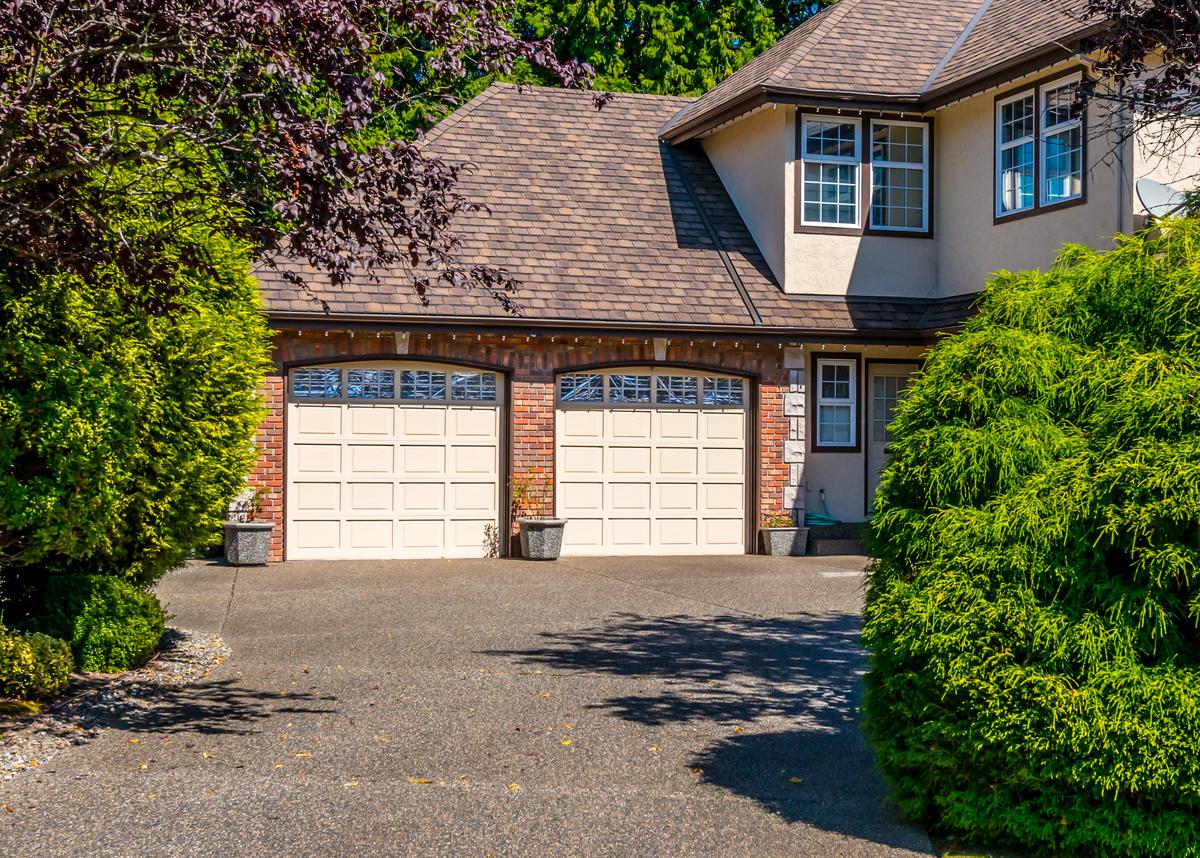
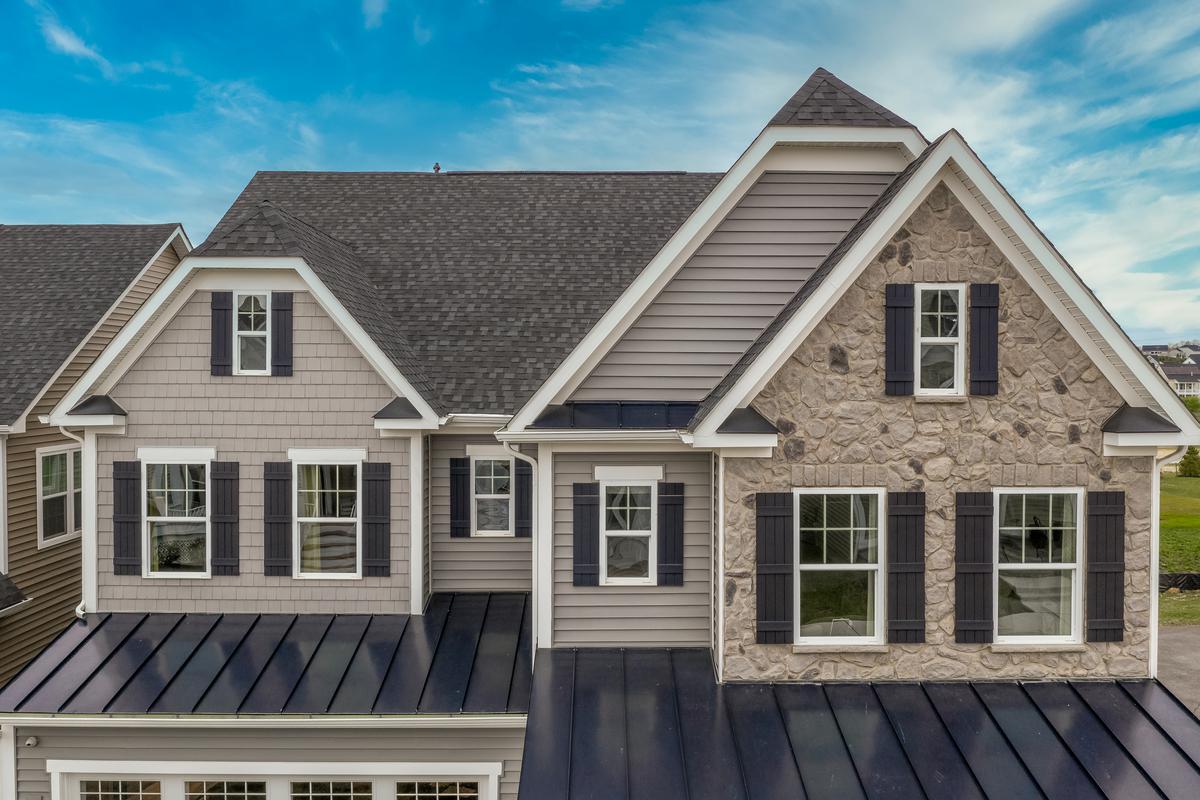
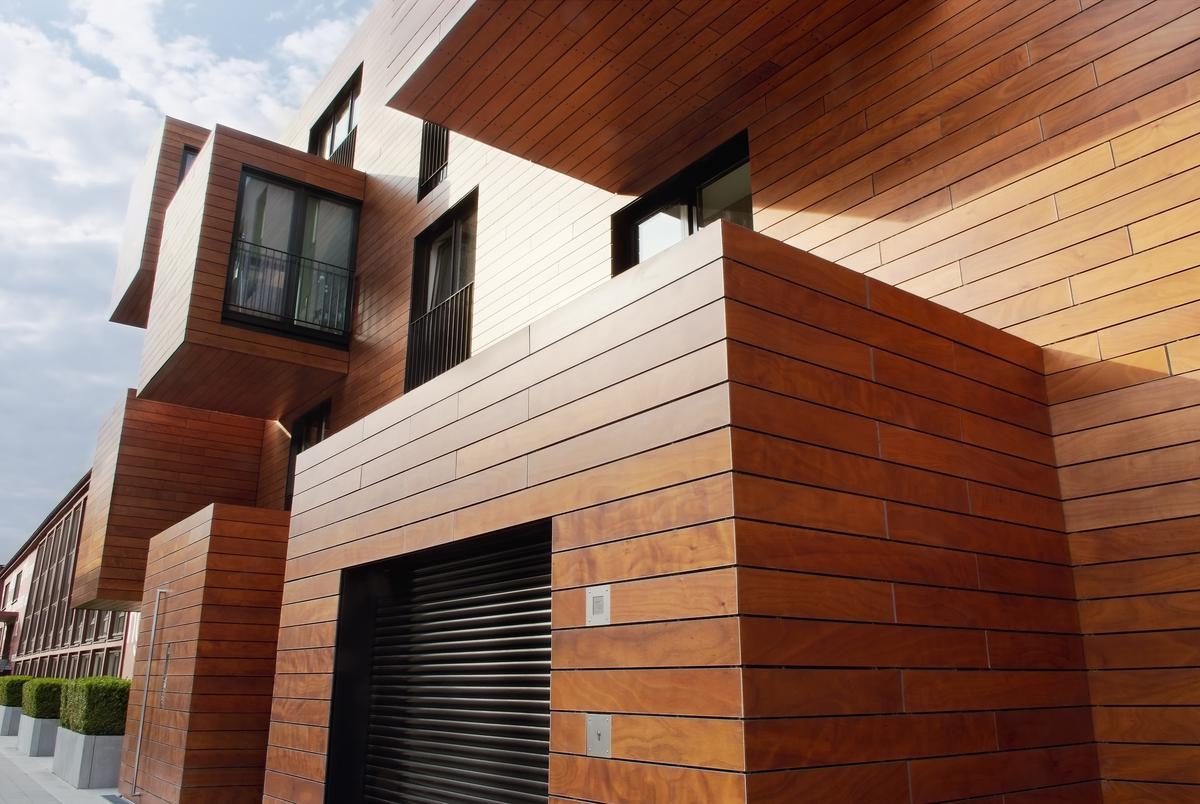
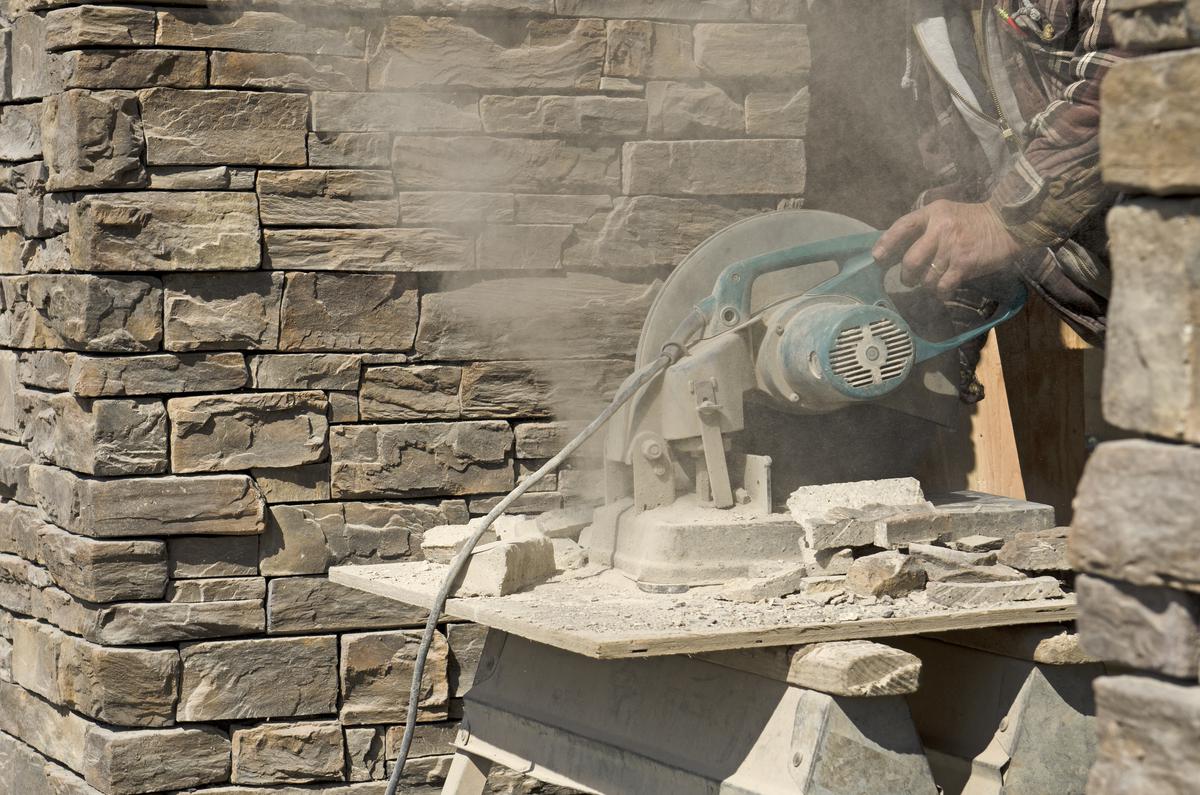
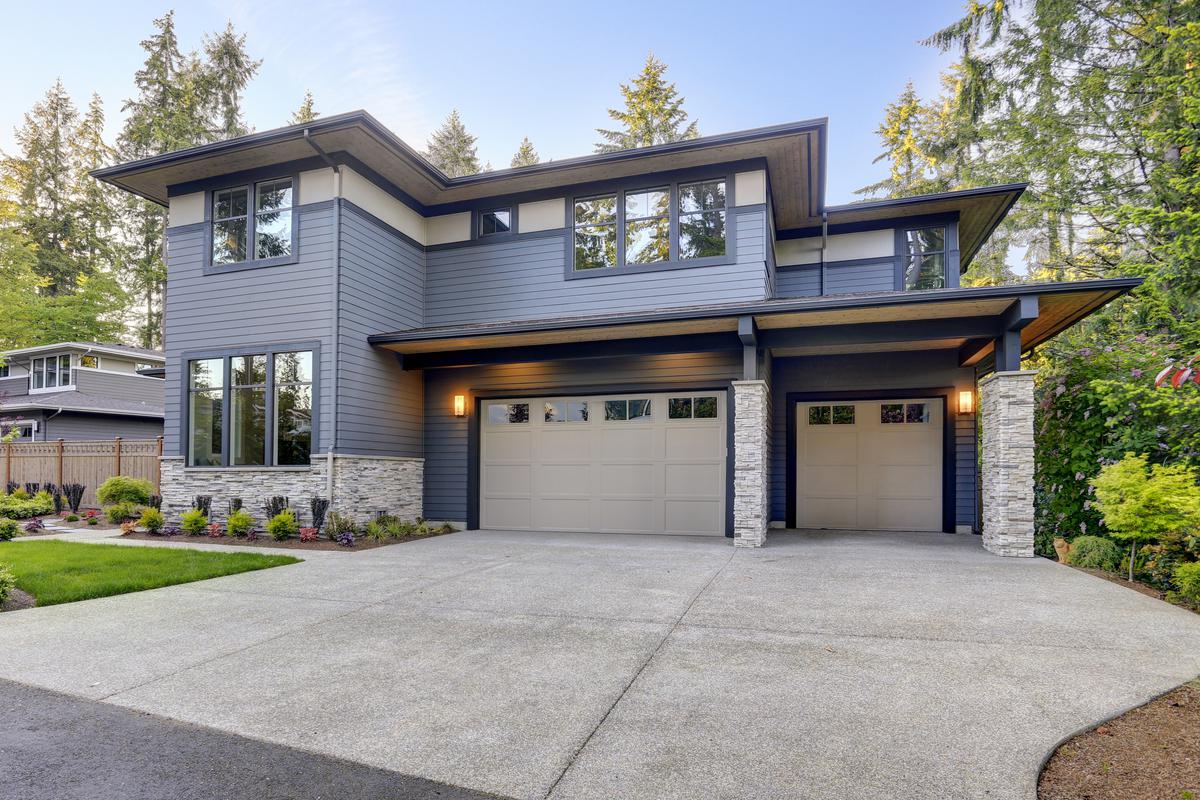

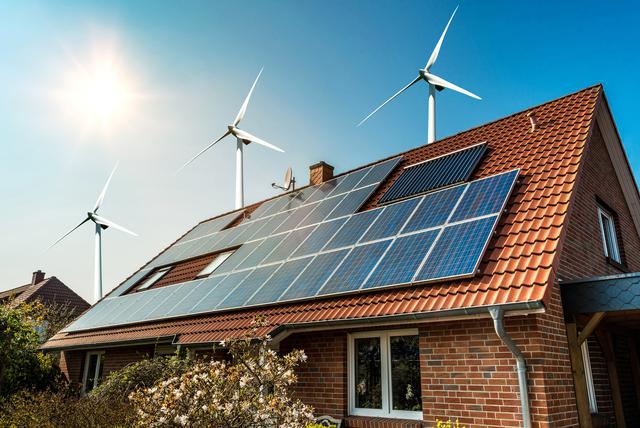
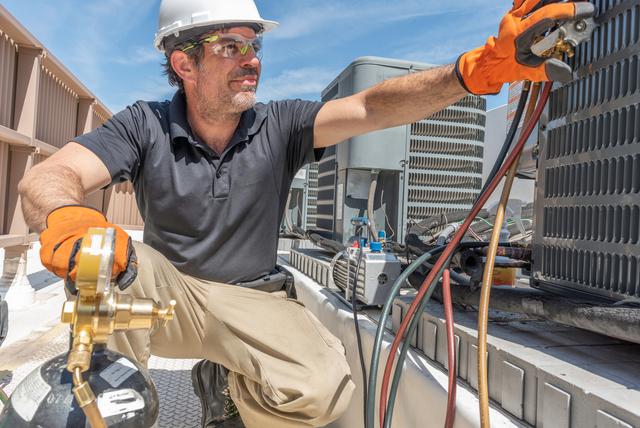
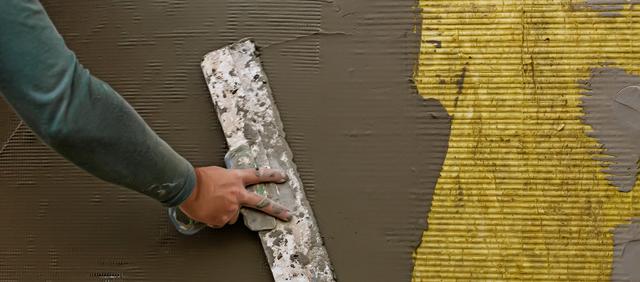

comments